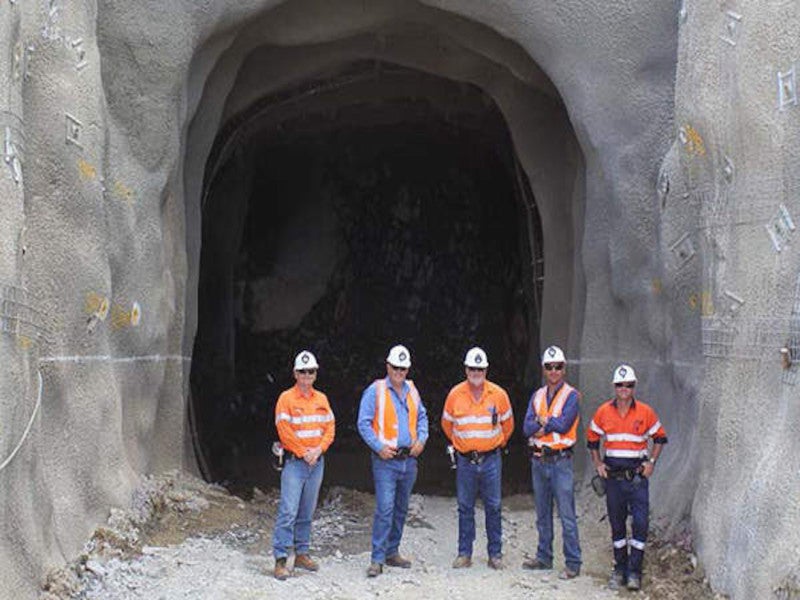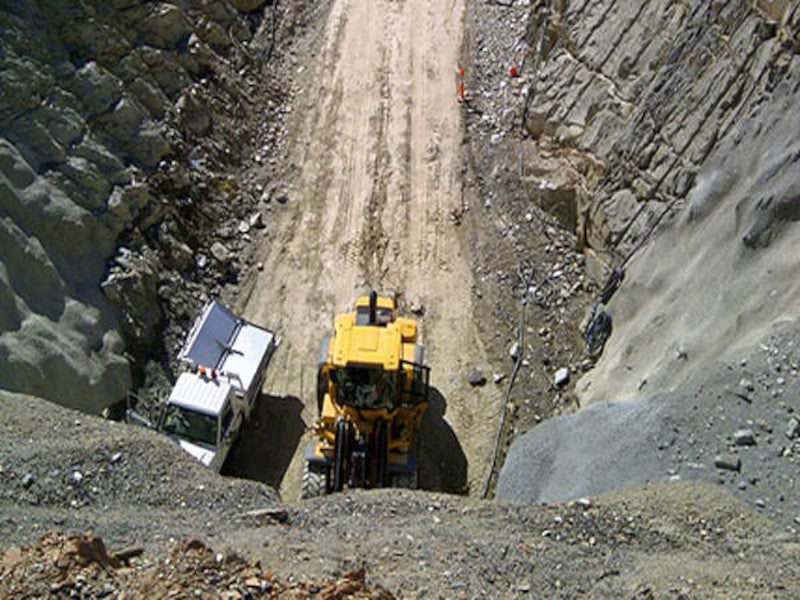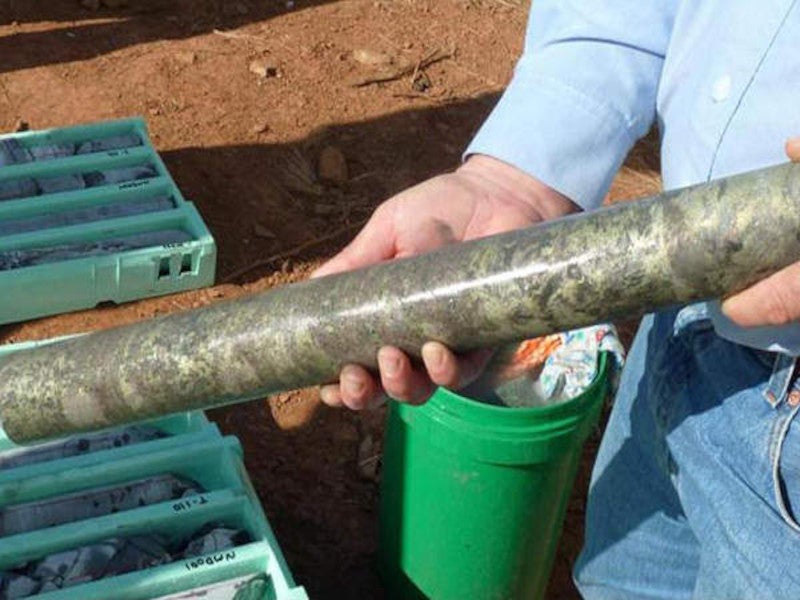The Hera-Nymagee underground mine is located approximately 100km south-east of Cobar, central New South Wales (NSW), Australia. The project involved the development of the Hera gold base metal deposit and the Nymagee copper deposit.
The Hera deposit commenced production in September 2014. The project became fully operational in April 2015, marking the start of commercial production.
The deposit was first discovered in 2001. Aurelia Metals (formerly YTC Resources) acquired the Hera deposit from CBH Resources in 2009. The NSW government approved the mine’s development in August 2012.
In March 2023, the last ore from the underground mine was hauled and the production from the mine was ceased permanently.
The surface infrastructure was put under care and maintenance in April 2023. It will later be used for the Federation zinc, lead, and gold project, which is located approximately 10km south of the Hera-Nymagee site.
Hera-Nymagee geology and mineralisation
The Hera-Nymagee corridor is located in the eastern region of the Cobar Basin. It is a part of the Lachlan Orogen division and contains polymetallic ore bodies. It consists of a shelf and turbiditic sedimentary rock sequences.
Hera is a superior-quality lead-gold-zinc-silver deposit. Its decline is extended up to 674m deep. It contains massive quartz rocks with liquid-rich fluid inclusions. High-grade copper sulphide mineralisation is found within the deposits.
Cubanite deposits are also found in the chalcopyrite sections of the Nymagee deposit. The mineralisation remains open at the north section and at depth.
Hera-Nymagee mine reserves
The resources at the Nymagee copper deposit were estimated at 8.1 million tonnes (mt).
Mining and ore processing at Hera-Nymagee
The long-hole, open-stoping method was used to mine the Hera deposit. Cemented rock fill (CRF) sill pillars were placed to divide the mine into discrete stoping areas.
The processing plant is a three-stage crushing circuit unit capable of grinding up to 250 microns. A gravity gold recovery circuit is used to extract 60% gold and 8% silver.
The Merrill Crowe method is applied for the processing of the Au-Ag components while the bulk sulphide flotation method is used for base metal extraction.
Hera-Nymagee mine development details
The Hera-Nymagee mine was developed in two stages. The establishment of an underground mine and a processing plant at the Hera deposit was undertaken in the first stage. The plant produces gold and silver doré bars and lead-zinc concentrate.
The second stage involved the integration of the Nymagee copper deposit using the stage one infrastructure. The Hera gold processing plant is flexibly designed, so it can be turned into a processing unit for Nymagee copper ore in stage two.
Infrastructure facilities at Hera-Nymagee mine
The infrastructure at the Hera-Nymagee project includes a diesel-generator power station and a tailings storage facility.
Workers are accommodated at the 80-person accommodation village.
The major construction works at Hera-Nymagee included the establishment of the Hera decline portal, a concrete batch plant, a water supply system, and a sewage treatment plant.
Financing for the Hera-Nymagee mine
Glencore financed $155m for the Hera-Nymagee project. The financing was made in the form of debt and a converting note facility while fully funding the project.
The funding included a $2.95m placement in Aurelia Metals shares.
Contractors involved in the Hera-Nymagee mine development
The engineering, procurement and construction contract for the processing plant was awarded to Gekko Systems.
The mining contract at the Hera deposit was awarded to Pybar. According to the seven-year contract, Pybar performed the drill and blast, shotcreting, cable bolting, trucking and production works.
Ausco Modular was awarded the contract for building the accommodation village at the Hera-Nymagee project.
Optiro Mining Consultants conducted the definitive feasibility and mining studies. The geotechnical study for the Hera-Nymagee project was conducted by Coffey Mining.






